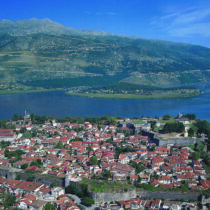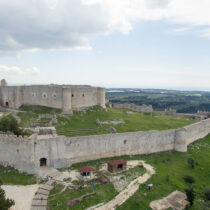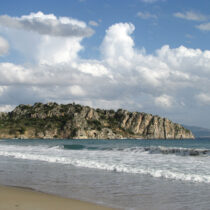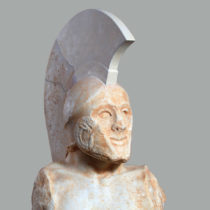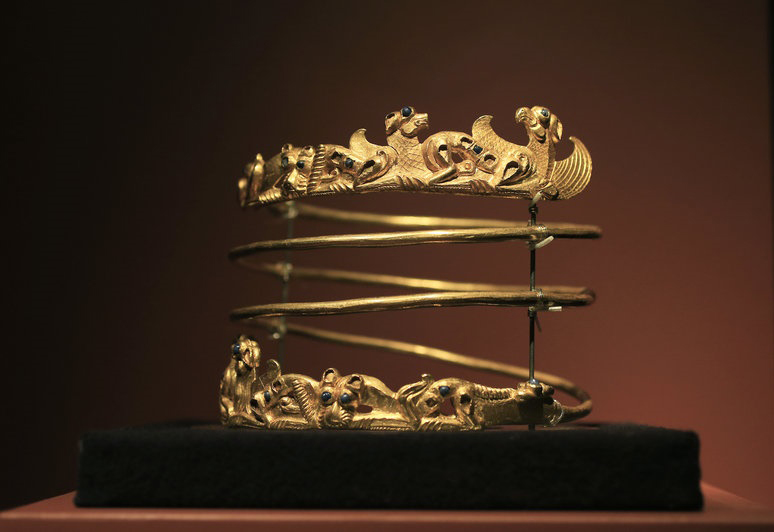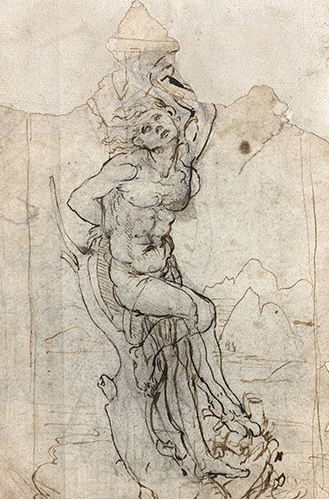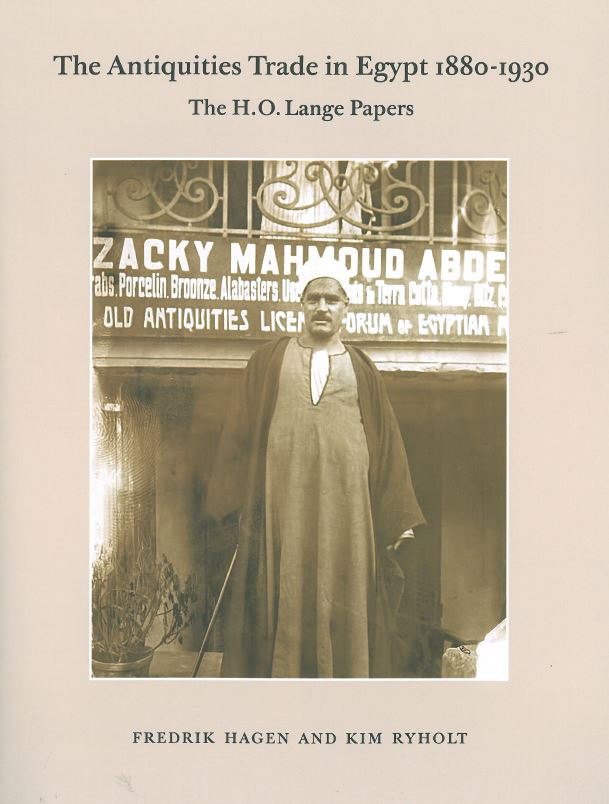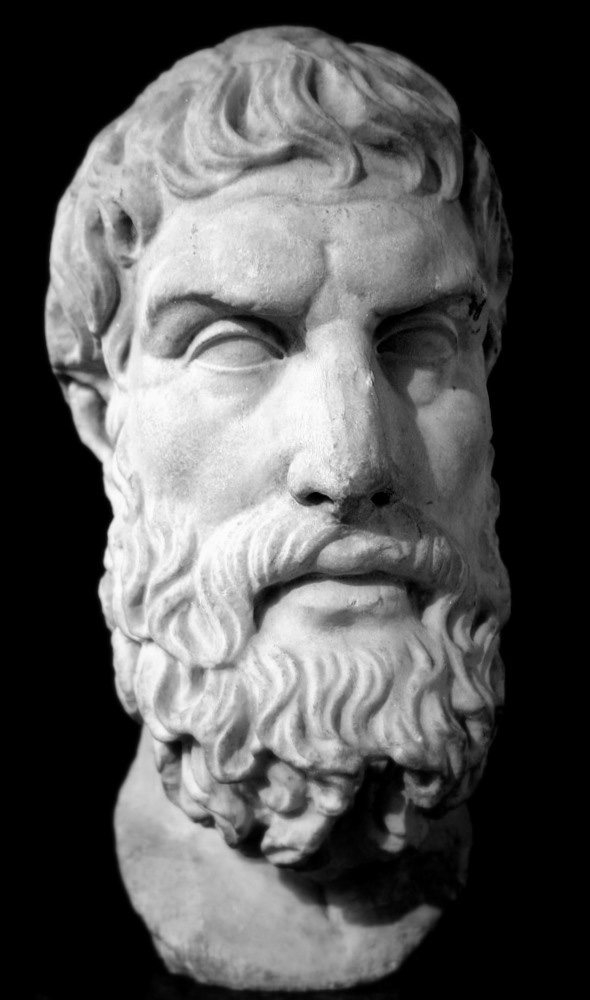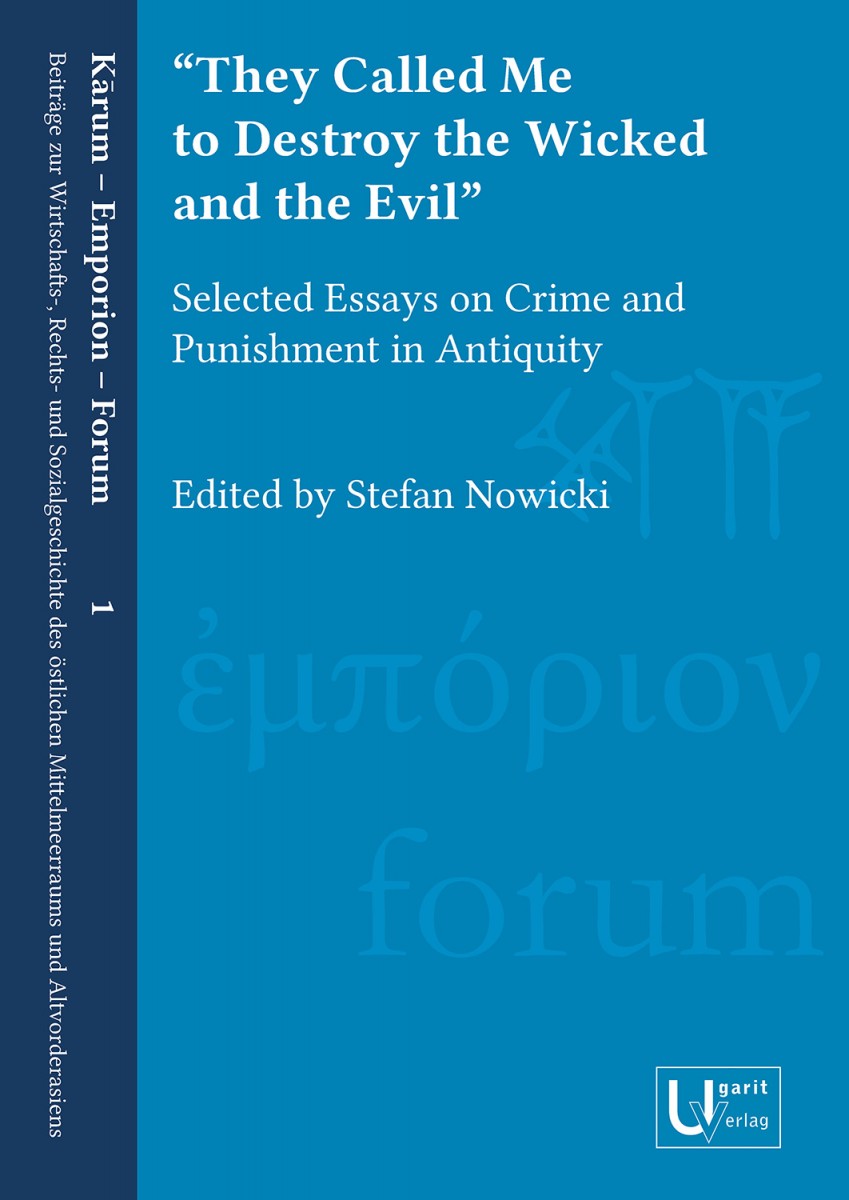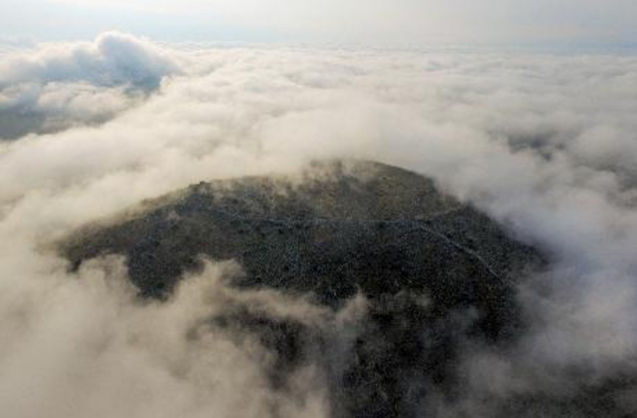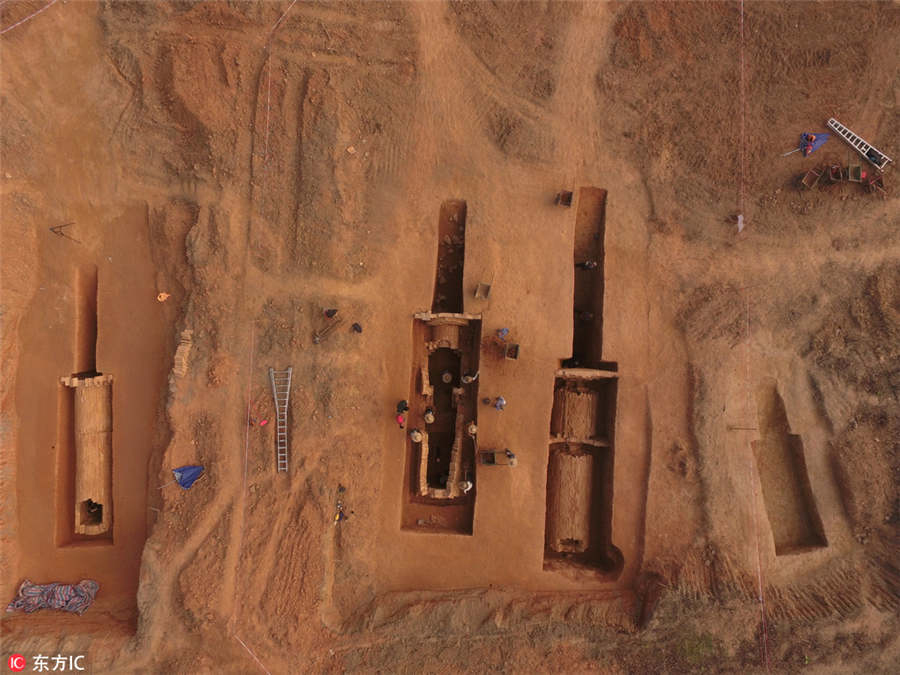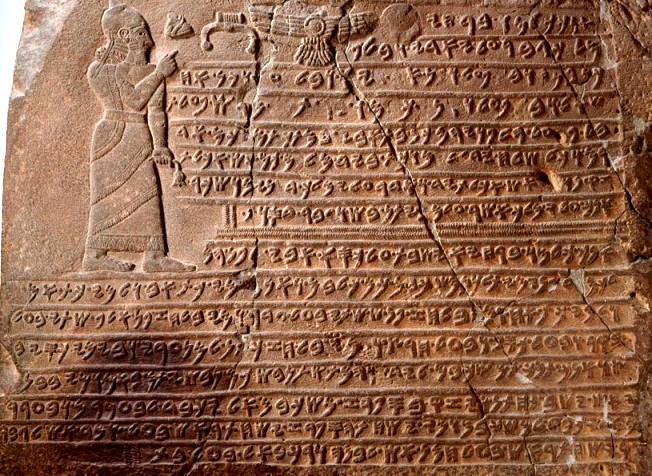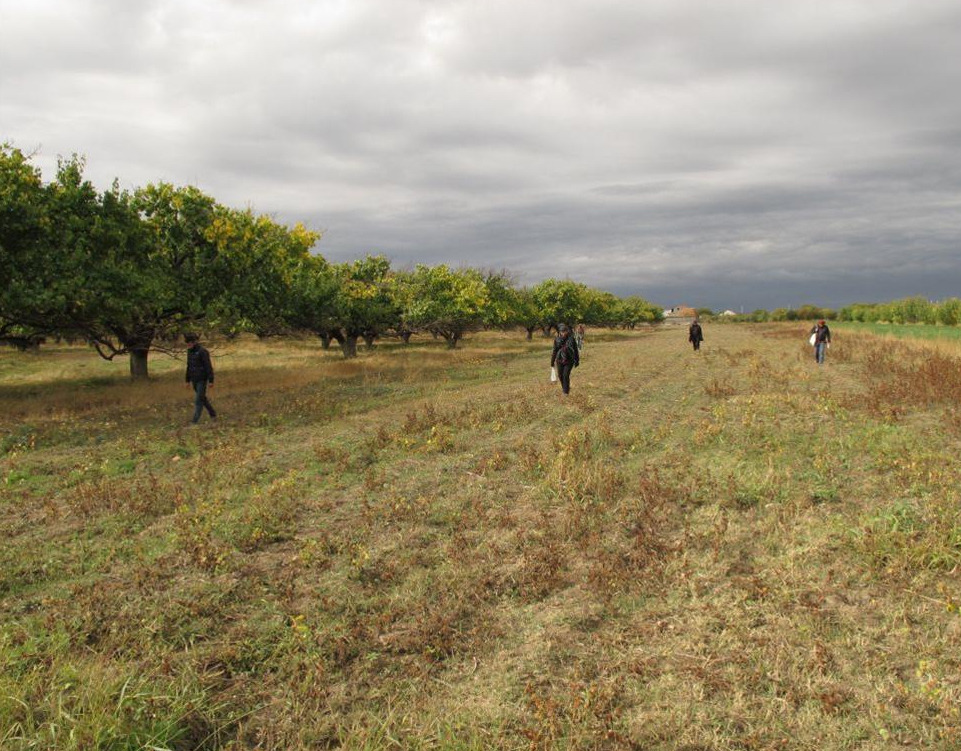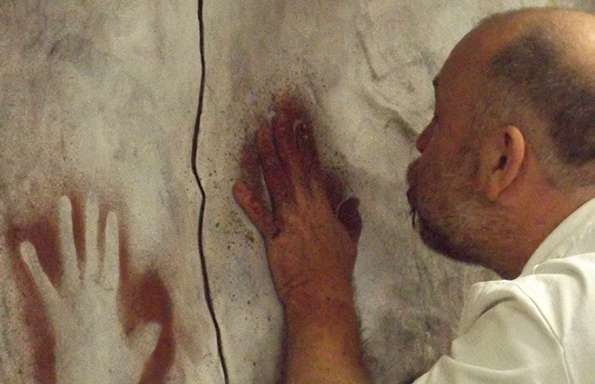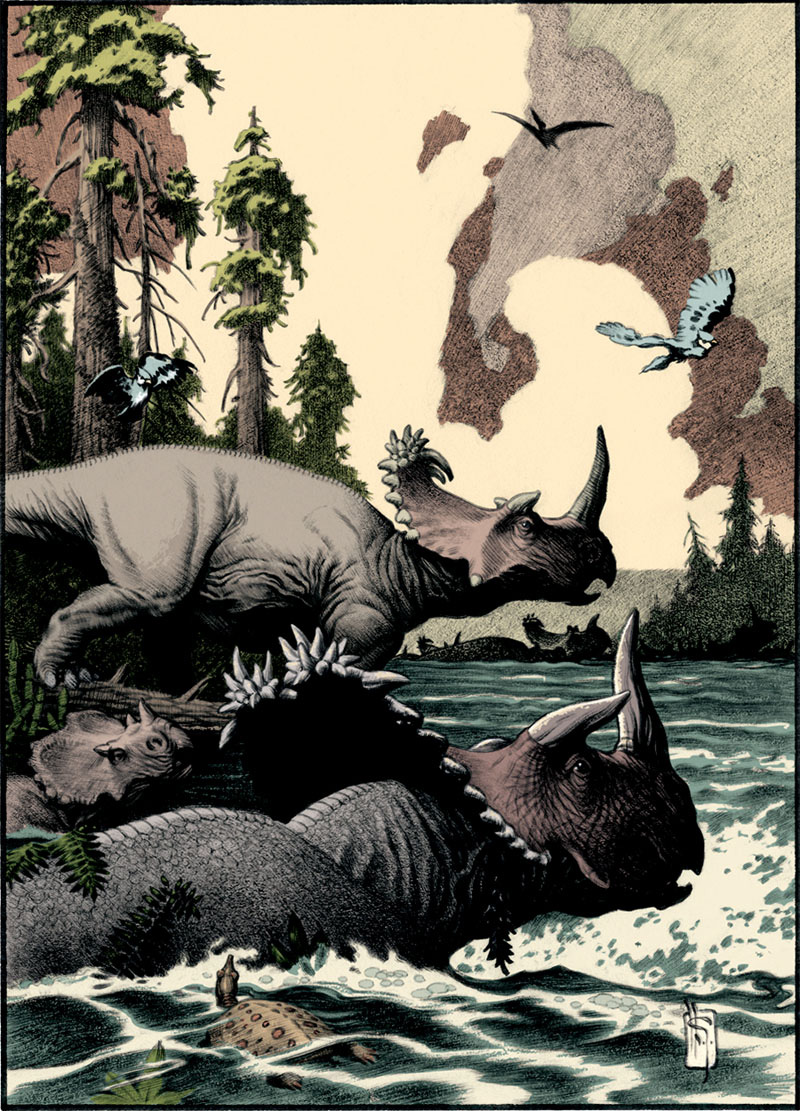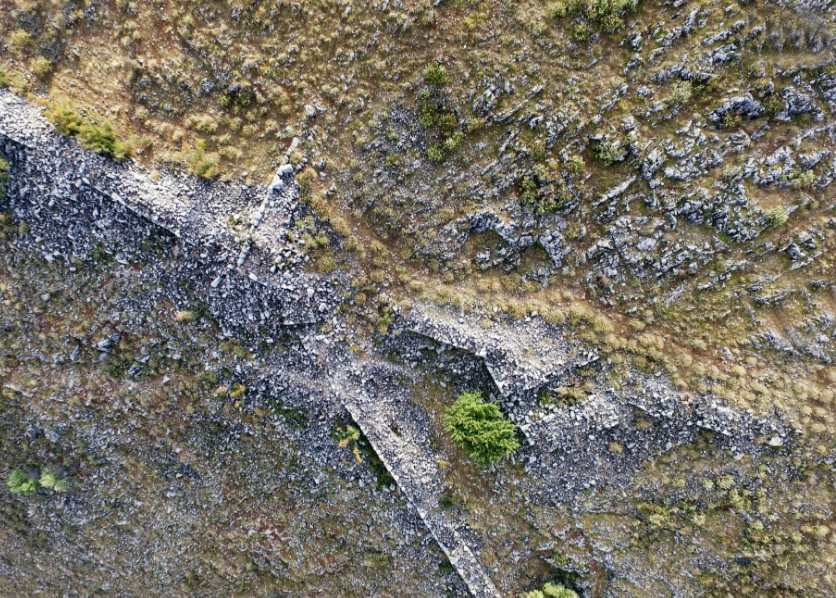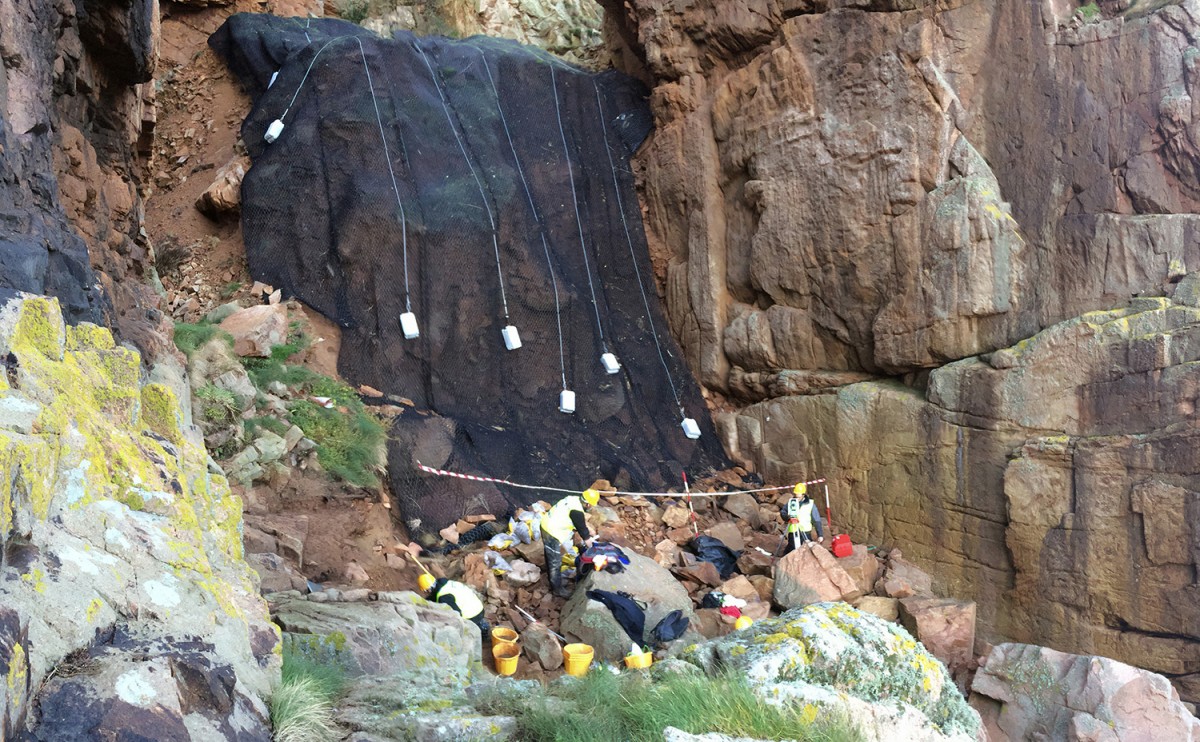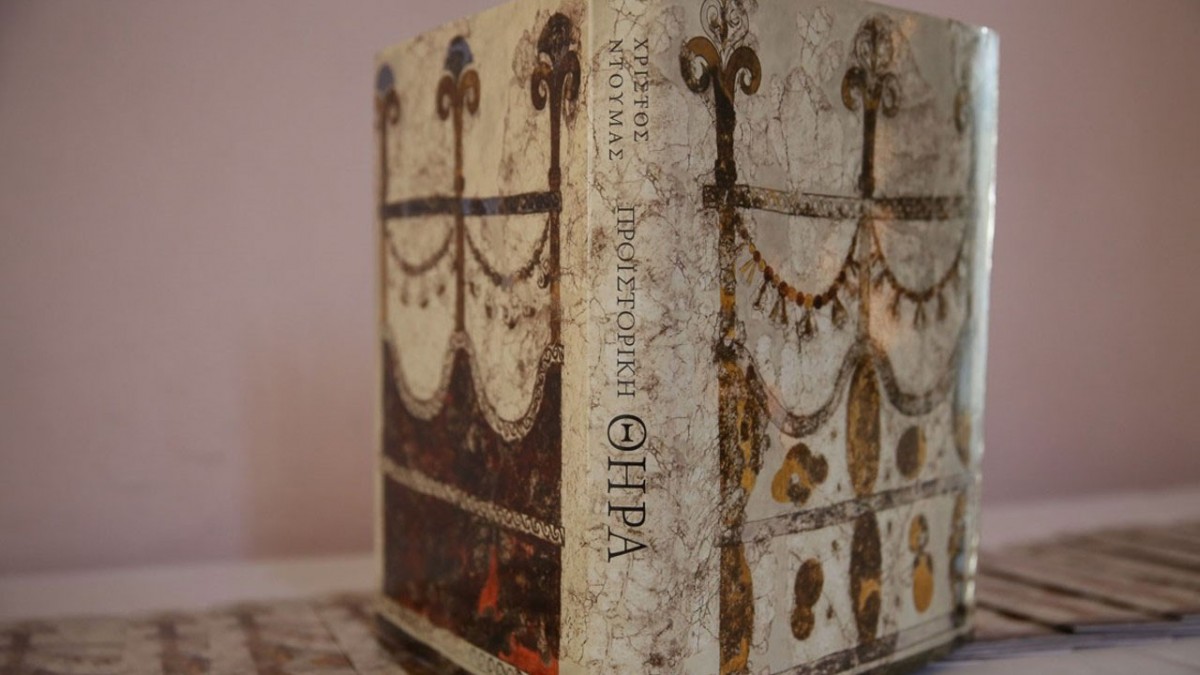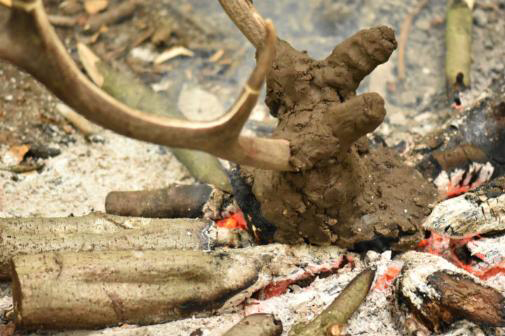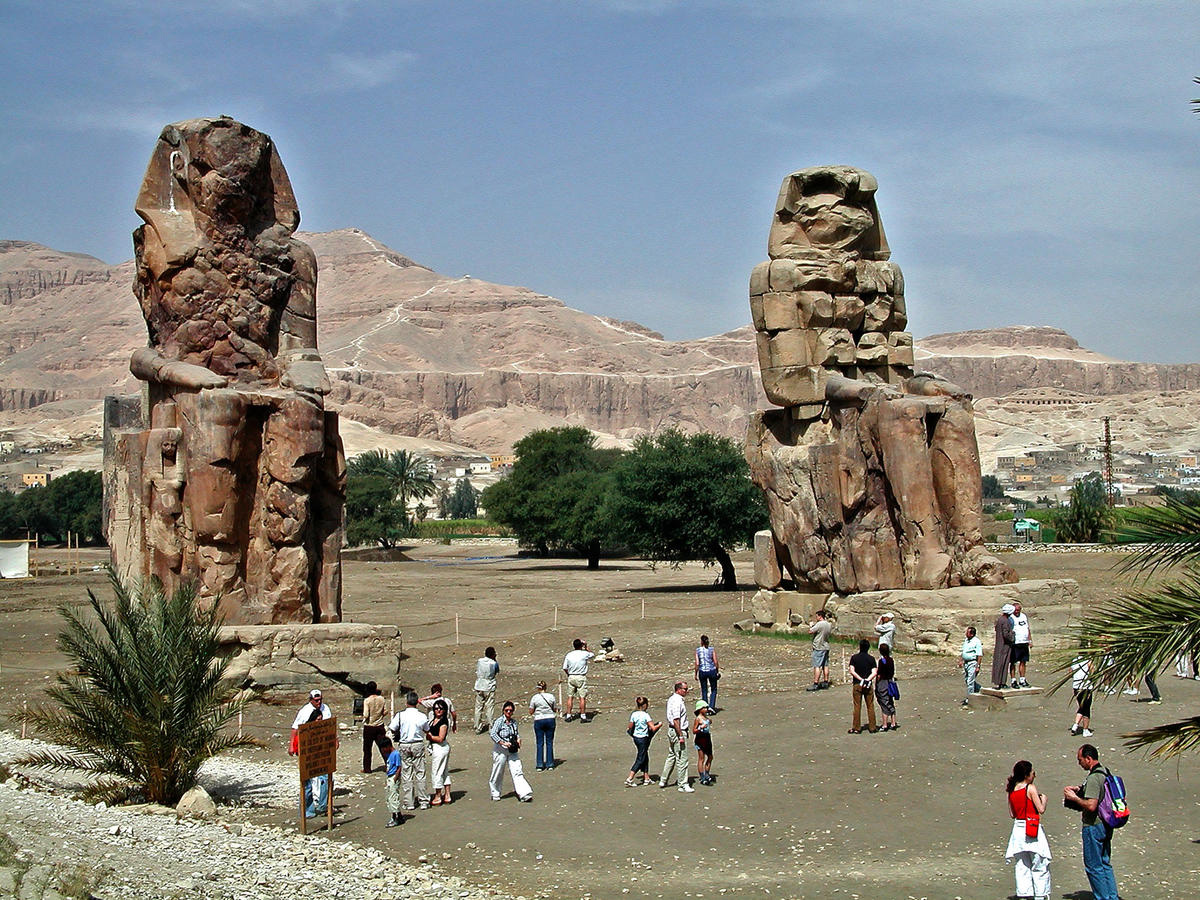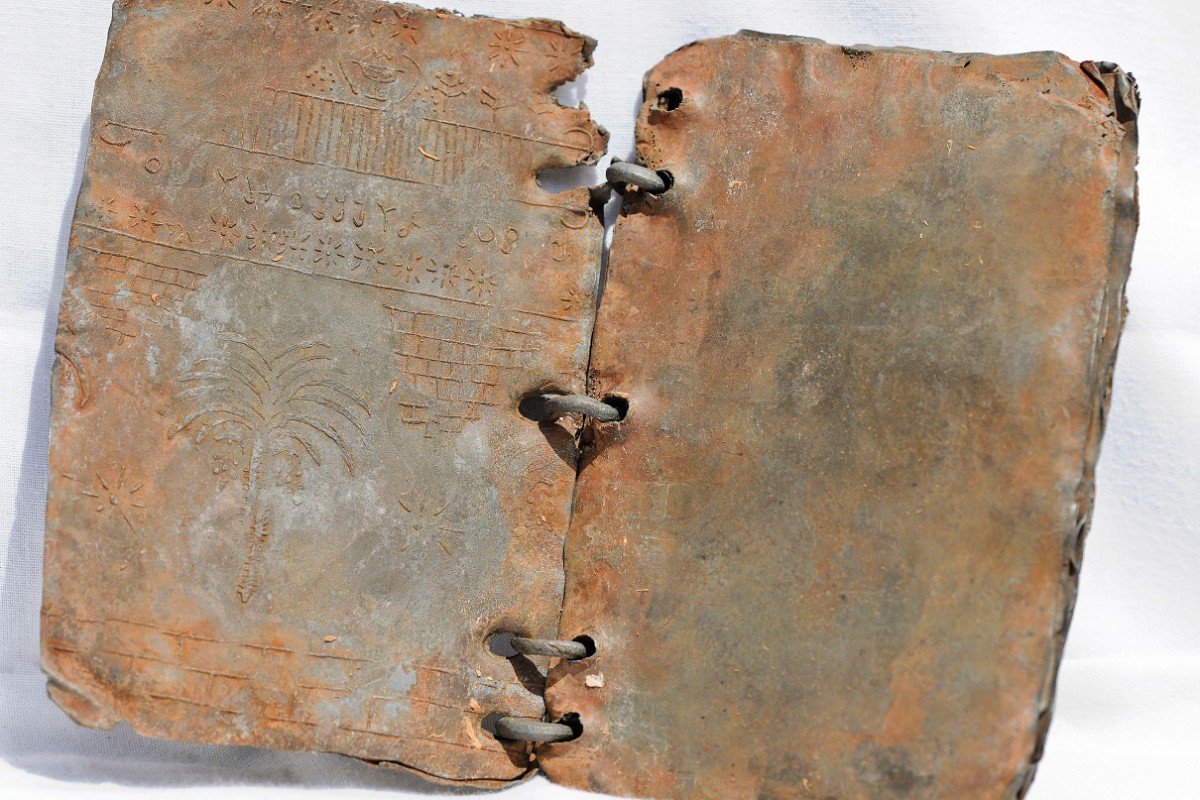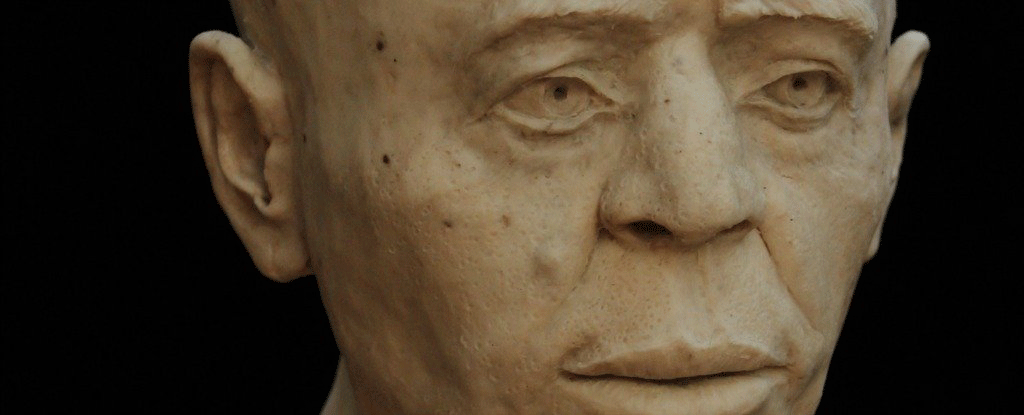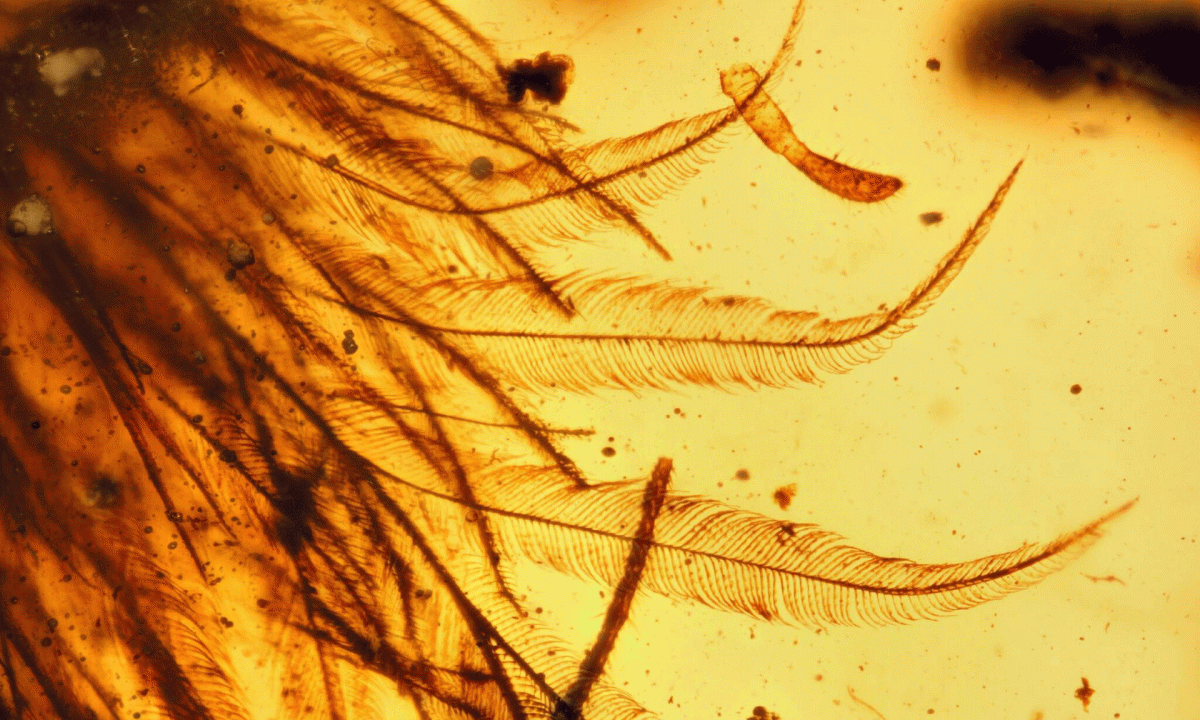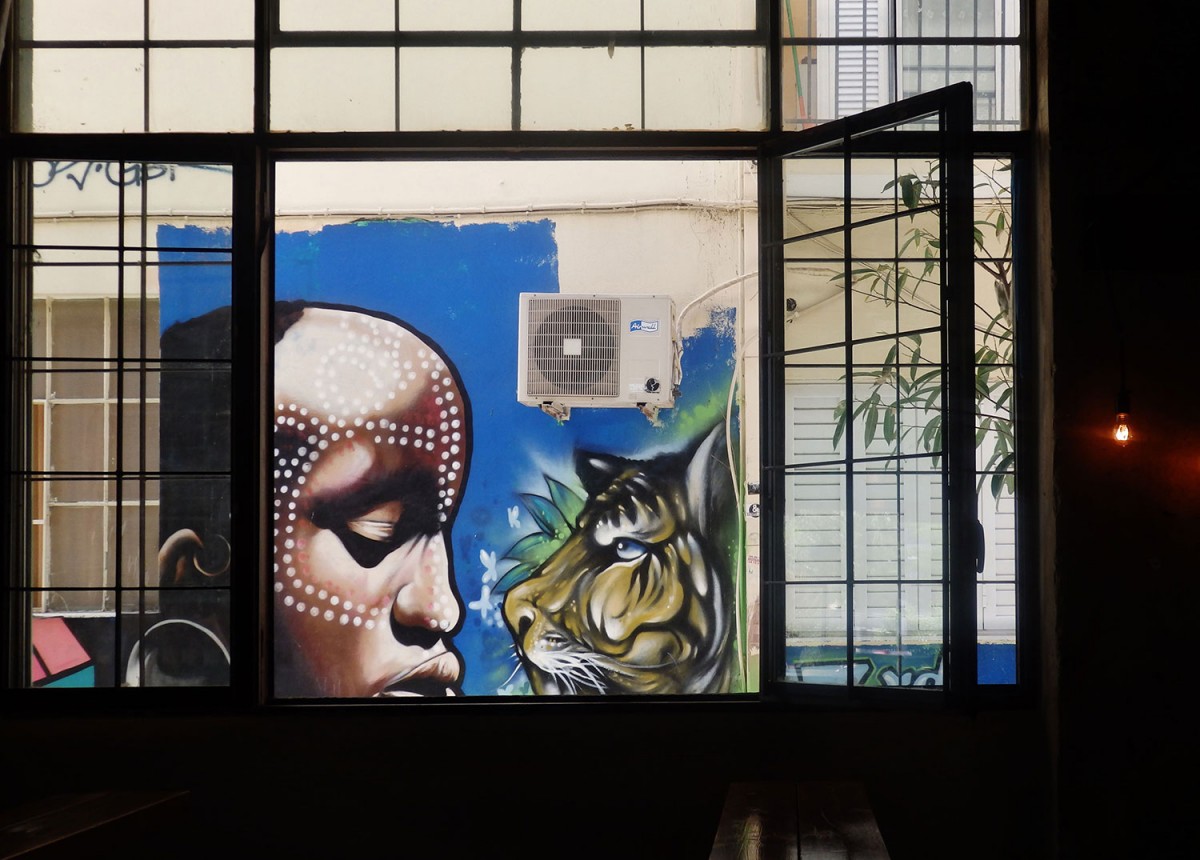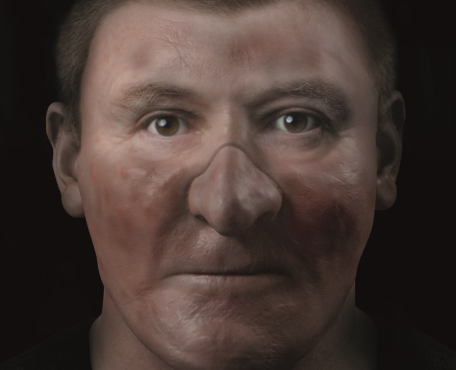Crimean treasures to go to the Ukrainian State
A Dutch court ruled on December 14, 2016 that the Crimean artefacts loaned to the Allard Pierson Museum should return to Ukraine.
Unknown ‘sensual’ drawing by Leonardo da Vinci discovered in France
Tajan, the well-known French auction house announced the extraordinary discovery, the first in over fifteen years, of an exceptional work by the Italian Master Leonardo da Vinci.
The Antiquities Trade in Egypt 1880-1930
The book presents the first in-depth analysis of the market of Egyptian objects on display in Western museums during its “golden age” in Egypt in the late 19th and early 20th Century.
Conference on Platonism and Epicureanism in the Hellenistic and Imperial Age
Conference organized by Michael Erler, Jan Erik Heßler, Federico M. Petrucci in Würzburg.
Karum – Emporion – Forum (book series)
New series on economic, legal and social history of the eastern Mediterranean and Ancient Near East.
About the media coverage of Vlochos
The Vlochos Archaeological Project team has published an statement in their website, in order to clarify some points concerning the media coverage of the results of the Vlochos fieldwork earlier this week.
Seal of sultan Abdul Hamid II conserved
Over the past year, the clock tower has undergone conservation measures and engineering reinforcement.
The species of Lucy was polygynous
New footprints of early bipedal hominins discovered at Laetoli, Tanzania, indicate marked body size variation among our 3.65 million-years-old ancestors and suggest a new insight into their social behaviour.
Twenty-five tombs found in Guangzhou, China
Archaeologists conducting excavations in Guangzhou found twenty-five tombs spanning from Shang Dynasty (1600-1046 BC) to Ming Dynasty (1368-1644).
Understanding Relations Between Scripts II: Early Alphabets
This conference focuses on the development of alphabetic writing systems in the later second and earlier first millennia BC.
New evidence of the existence of an unknown Roman camp in Armenia
Polish archaeologists found pottery sherds, which might attest to the exitence of a Roman military camp near the capital of Armenia.
Forensic technique reveals sex of prehistoric hand stencil artists
Prehistoric ancestors creating human hand stencils in caves 40,000 years ago can now be identified as male or female with more than 90% accuracy.
Researchers name two new horned dinosaur tribes
New research names two new tribes of horned dinosaurs (ceratopsians) based on characteristics related to frill (or head shield) ornamentation.
Swedish Archaeologists discover unknown ancient city in Greece
An international research team at the Department of Historical Studies, University of Gothenburg, is exploring the remains of an ancient city in central Greece.
Jersey was a must-see tourist destination for Neanderthals for over 100,000 years
New research led by the University of Southampton shows Neanderthals kept coming back to a coastal cave site in Jersey from at least 180,000 years ago until around 40,000 years ago.
Prehistoric Thera
Τhis book includes photographs of monuments and exhibits from the archaeological site of Akrotiri of Thera and the Museum of Prehistoric Thera.
YEAR Centre sheds new light on creation of ancient artefacts
Experimental archaeology at the Archaeology Department's "outdoor lab" of the University of York aims to answer questions about the past.
Current Research in Egyptology 2017
CRE 2017 will be held at the University of Naples “L’Orientale” – Palazzo du Mesnil in May 2017.
Recent discoveries in the temple of Amenhotep III
The members of The Colossi of Memnon and Amenhotep III Temple Conservation Project have recently discovered in the temple of Amenhotep III in Luxor West Bank, a series of statues.
Jordan lead codices not modern forgeries
A lead codex discovered in approximately 2005, in a cave in Northern Jordan, that forms part of the collection of ‘Jordan Lead Codices’, was recently tested at the University of Surrey Ion Beam Centre with exciting results.
The face of a Neolithic man has been accurately reconstructed
Archaeologists at the British Museum have created a reconstruction of the face of a Neolithic man.
Feathered dinosaur tail found in amber
Fossil preserved in amber from Myanmar is the tail of a feathered dinosaur, a study finds.
Athens Views by Ianna Andreadis
The participatory photographic project "Athina Thea", by Ianna Andreadis, presents an unpublished and yet familiar view of Athens from the windows and the gaze of its inhabitants.
Is this the face of Robert the Bruce?
Could this be the face of Robert the Bruce, who ruled Scotland from 1306 to 1329, as it has never been seen before?
